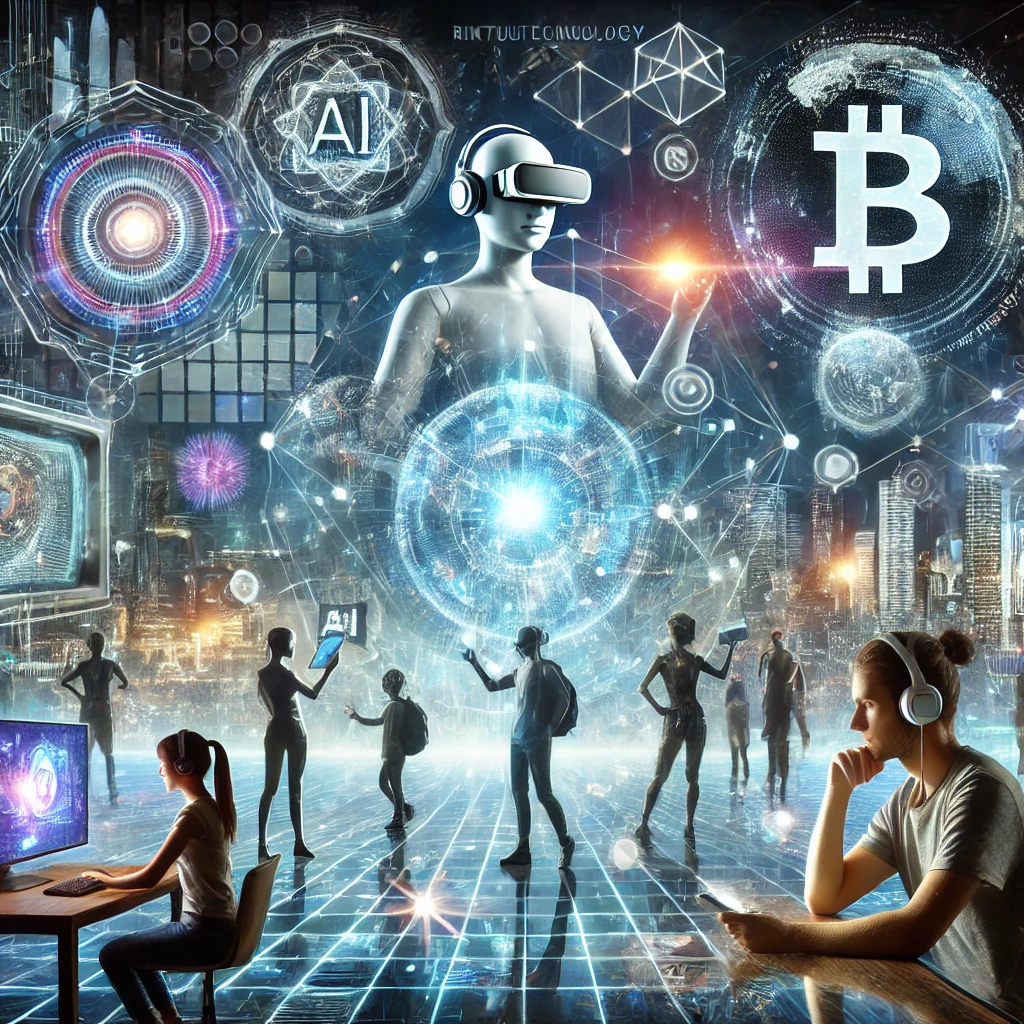Introduction: The Nexus of Innovation and Media
Media has always been a canvas for innovation, reflecting the progress and aspirations of society. With the speed of technology, the media industry stands at the cusp of fundamental transformations. Immersive storytelling to algorithm-driven personalization, media technology promises a paradigm shift in the creation, consumption, and sharing of content. This journey into the future reveals both opportunities and challenges that will shape the cultural and informational landscape for generations.
The Current State of Media Technology
Accessibility and interconnectivity are where media technology shines today. From high-speed internet to smartphones, streaming platforms democratize content consumption, while the backend of the media operation rests on cloud computing and big data. Social media platforms are essentially real-time communication hubs that have merged traditional journalism with citizen reporting. But what lies ahead will be even more dynamic, a future built upon this technological might.
Artificial Intelligence: New Horizons for Content Creation and Curation
Artificial intelligence is changing everything in the media, from realistic visuals to complete articles. With natural language processing and deep learning, AI tools can automate most repetitive tasks and give way to more creative innovation. The machine learning behind personalized content delivery ensures that audiences receive tailored recommendations based on their preferences. But this does bring up the issue of authenticity and over-reliance on algorithms.
The Role of Augmented and Virtual Reality in Media Consumption
Augmented reality (AR) and virtual reality (VR) are on the verge of redefining the boundaries of immersive storytelling. From interactive documentaries to virtual concert experiences, these technologies blur the line between reality and digital simulation. AR enhances real-world environments with contextual information, while VR offers complete sensory immersion. As hardware becomes more accessible, these tools are expected to revolutionize education, entertainment, and journalism.
Blockchain and Decentralized Media Platforms
The technology of blockchain introduces transparency and fairness to media distribution. It allows creators to bypass the middleman and reach audiences directly, hence providing equal revenue share. NFTs have opened new avenues to monetize digital art and media. This approach also builds trust as blockchain ensures content authenticity and decreases the risk of intellectual property theft.
Ethical Challenges in the Age of Advanced Media Technology
Innovation can be thrilling but also raises ethical questions. Deepfakes, with AI at their core, bring the risk of misinformation and manipulation. The same privacy issues persist with more extensive data collection. The digitally divided society remains a problem because advanced technologies are a threat to equality and increased inequalities between accessors and non-accessors. Collective effort is required from policymakers, technologists, and media professionals.
The Vision Ahead: A Glimpse into Media’s Technological Horizon
The future of media technology, therefore, is a tapestry of possibility. Innovations such as holographic displays, brain-computer interfaces, or even quantum computing may change the way media living becomes commonplace. It has to do with organizing access to such technologies responsibly to ensure that media informs and entertains without compromising societal values. Through technology and creativity interconnectedness, it becomes possible to shape more inclusive, more ethics-friendly, and more dynamic media space.
The trajectory of media technology is as inspiring as it is intricate. Embracing innovation while always keeping vigilant about implications will help society navigate through this transformative era with wisdom and foresight. The future of media isn’t solely about technology but how humanity chooses to wield it.



